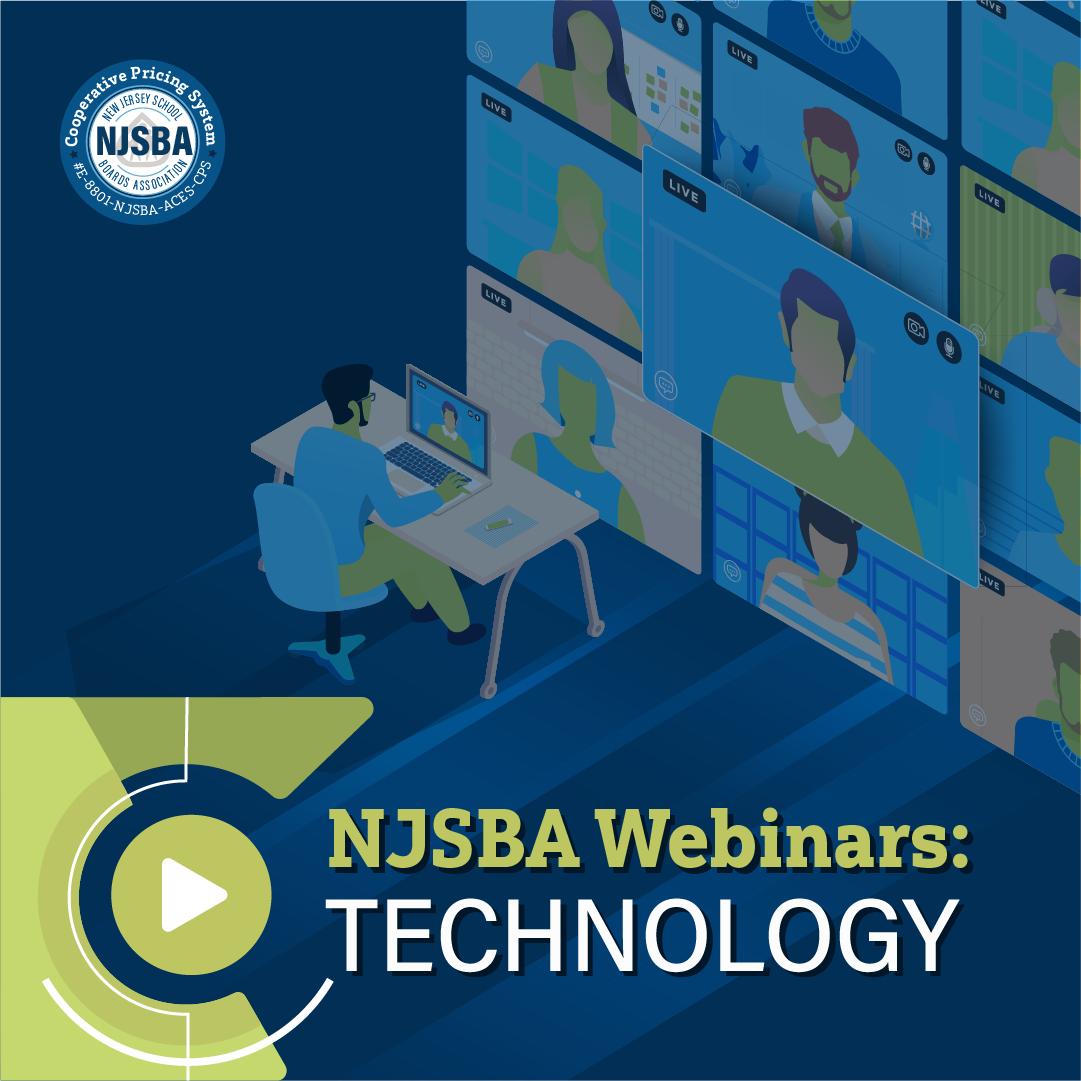One of the most critical functions of a school board member is overseeing personnel management, and one of the primary responsibilities of personnel management is negotiating with the district’s bargaining units.
The relationship between the school board, administration, and union (most notably, the teachers union) is governed by the New Jersey Employer-Employee Relations Act, also called the Public Employment Relations Law or the PERC law. This law, passed in 1968 and amended several times since then, comprises statutes, regulations and case law. It is designed to prevent labor tensions between public employers and employees and provide a mechanism for swift resolution of labor disputes between the two parties. The intent of the law is to help the parties reach mutual agreements on employment issues that arise and prevent disruptions in the public services they provide.
The law focuses on the labor-management relationship, establishing parties’ rights and responsibilities, conduct, scope, and procedures of negotiations, and how to resolve disputes. It also goes into the role and function of the Public Employment Relations Commission or PERC, an administrative agency in New Jersey whose purpose is to administer, clarify and enforce the provisions of the law. School board members (and those who bargain in the public sector) are affected by this law and should be aware of its impact on the collective bargaining process with public sector contracts.
A limited number of items can be negotiated between those who oversee the school district and those who are employed by the school district. This is called the scope of negotiations or what issues can be bargained. Items such as salaries, benefits and work hours are negotiable, while hiring, transfers, class size, and performance evaluation criteria cannot be negotiated. There are only two types of categories when it comes to bargaining in New Jersey: mandatorily negotiable and non-negotiable.
Mandatorily negotiable items must be negotiated if one party brings it to the bargaining table. PERC requires negotiations over items deemed “terms and conditions of employment.” Over the years, case law has defined what generally falls under this category (such as grievance procedures, union representation fees, extracurricular assignments and disciplinary review procedures). Just because an item is mandatorily negotiable does not mean one party must agree with another on one of these items; instead, it’s an obligation to negotiate over an issue and act in good faith to bargain over that issue.
Non-negotiable items that fall outside the legal scope of negotiations cannot be legally negotiated even if the parties desire to negotiate them. This is because it severely impedes one of the parties’ rights or is preempted by statute or regulation.
Examples of non-negotiable educational policy matters for management include class size, student grading policies and teacher lesson plan submission. Examples of statutory preemption exclusion for negotiations would include extending sick leave, pension contributions and seniority rights, because these items are already established explicitly in New Jersey statutes or regulations. PERC reviews disputes to determine the negotiability of a disputed issue and applies a test to determine whether an issue is mandatorily negotiable or non-negotiable.
PERC uses a three-prong test of negotiability established by the U. S. Supreme Court in 1982. To determine whether an issue is mandatorily negotiable or non-negotiable, an issue: 1) needs to affect employees’ work and welfare intimately and directly; 2) must not be preempted by statute or regulation; and 3) would not significantly interfere with exercising inherent management prerogative about determining government policy. All three prongs must be met for an issue to be negotiable; if it fails one, then the issue is non-negotiable. On rare occasions, some issues fall under both negotiable and non-negotiable aspects of a contract. Part of an issue is negotiable in these cases, while another isn’t. For example, class coverage may be non-negotiable, while the rate of paying a teacher to cover a class is negotiable. If there is language within a teacher’s contract that is non-negotiable, then that language is unenforceable.
The scope of negotiations is a living item constantly being clarified and redefined through case law, statute and law changes. School board members must check with the resources available before and during the negotiation process to determine what is mandatorily negotiable and what is not. Boards must be mindful to meet their legal obligation to negotiate terms and conditions of employment. Failure to bargain over mandatorily negotiable items can lead to unfair labor practice charges alleging failure to negotiate in good faith.
Mediation Procedures When face-to-face negotiations appear to have reached a deadlock, either party may request PERC to initiate mediation. PERC will assign a neutral third party to conduct mediation of the negotiation’s impasse; PERC will also bear the cost of the mediator’s service. Mediation is a process in which an attempt is made to help the parties to reach their agreement. A mediator has no authority or power to make recommendations that will be binding on either party. Instead, the role and function of the mediator is to help and encourage both parties to find their mutually acceptable point of agreement. The mediator is not concerned with the fairness, equity, or implications of the parties’ agreement; the neutral party’s single purpose and focus is to get the parties to settle their differences. The mediator will use various conflict resolution techniques to encourage the parties to find a solution to their disagreement.
When mediation does not lead to a negotiated agreement, the continued disagreement triggers the process of factfinding. As a result of a July 2003 amendment, the PERC law now requires both parties to participate in mandatory fact finding conducted by a neutral party who is also under PERC’s jurisdiction. Factfinding requires both parties to gather relevant, objective information to present a persuasive argument to a neutral third party, who will then analyze the facts and issue a written report and advisory recommendations for settlement. In practice, unless both parties object, the factfinder will first function as a mediator and attempt to resolve the dispute without “donning the robes” of a factfinder.
Suppose, however, that this “informal” stage does not result in a settlement. In that case, the factfinder will move to a more formal process that involves conducting hearings, where the parties support their arguments with factual documentation, the parties’ submission of briefs, and ultimately, the factfinder’s issuance of written advisory recommendations for a settlement. Despite the procedure’s name, the report will not necessarily reflect a finding of facts. Still, it will be far more grounded on the factfinder’s perceptions of what will be acceptable to both parties.
Factfinders’ recommendations are advisory and nonbinding on either party. Thus, the factfinder’s “success” lies in fashioning recommendations that both parties can support and accept. The factfinder’s experience and the application of unwritten but well-accepted criteria will guide the neutral party’s sense in fashioning a recommended settlement. The PERC law, even as amended in 2003, does not contain criteria or guidelines upon which the factfinder must base his recommendations. Absent statutory criteria, factfinders have formulated their standards, which are tailored to the dispute in question and the parties’ bargaining history. Generally, comparability is the most utilized criterion and most important to factfinders as this frequently establishes a basis for the parties’ ability to find the recommendations acceptable.
By the 2003 amendment, after the hearings, a factfinder is to issue a report to the parties. Although the factfinder’s recommendations are nonbinding, they narrow the differences between the parties and frequently lead to both parties’ mutual acceptance and a new basis for productive continued negotiations that pave the way for a settlement. The report will be made available to the public within 10 days of the parties’ receipt of the recommendations. The law then requires the parties to continue negotiating for at least 20 days after issuing the factfinder’s report. If a settlement is not reached by that time, then PERC must appoint a “super-conciliator” to assist the parties in reaching a mutual agreement.
Super-conciliation The 2003 amendment to the PERC law requires parties who have not reached an agreement within 20 days after issuing the factfinder’s report to submit their dispute to super-conciliation. Super-conciliation, a process resembling mediation and factfinding, had previously been used by PERC to resolve crises in prolonged and intransigent negotiations. Under the 2003 law, however, the process became a codified, statutorily required procedure when post-factfinding negotiations do not produce a mutual agreement.
The law authorizes the PERC-appointed super-conciliator to schedule investigatory proceedings; discuss with the parties their differences; use means and mechanisms, including but not limited to, requiring 24-hour negotiations until a voluntary settlement is reached; and provide recommendations to resolve the parties’ differences. The super-conciliator may also modify or amend the factfinder’s report for the parties’ reconsideration as one of the efforts to achieve a voluntary settlement and may institute any other nonbinding procedures found to be appropriate by the neutral party. If the actions taken fail to resolve the dispute, the super-conciliator will issue a final report. That report will be made available to the public within 10 days after the parties receive it.
The statutory collective bargaining process includes mediation, factfinding and super-conciliation. They are designed to assist the parties in reaching their own voluntary, mutually agreeable settlement. Neither the mediator, factfinder, nor super-conciliator has the authority to impose a settlement on the parties to negotiations. All neutral parties assigned to the different levels of impasse procedures will be interested in only one factor: a settlement. None will be concerned with the equity of the agreement or its impact on a board’s ability to manage its school or to fund the settlement. That responsibility remains with the board of education.
In facing impasse procedures, boards of education will be well-served by fully understanding the stages of the process. Understanding the criteria likely to be used in issuing reports and recommendations will be most helpful to boards’ preparation of their briefs and positions for factfinding and super-conciliation. The NJSBA Legal and Labor Relations and Policy departments are your resource for the latest information and developments.
Kurt Rebovich Jr. is NJSBA’s associate director of partnerships . He has an MBA and B.A. in business administration and management from Thomas Edison State University and a B.A. in Labor Studies and Employment Relations from Rutgers University.

